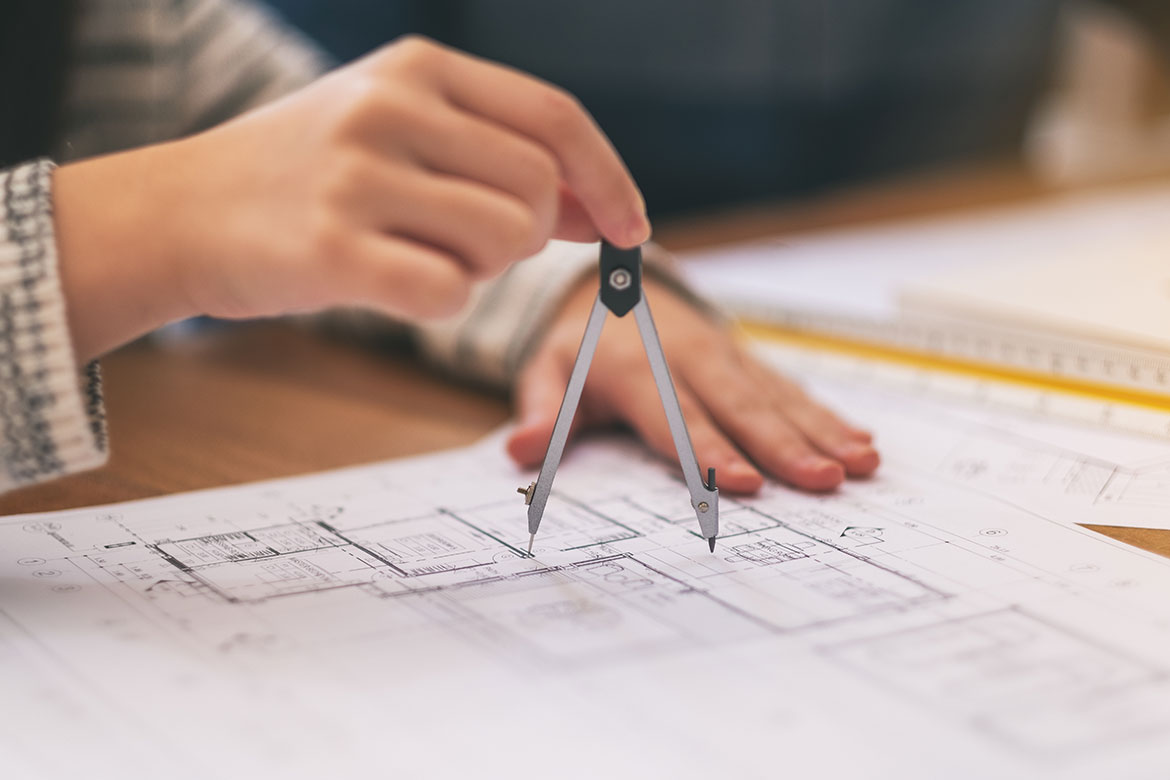Why Shop Drawings Are Important In The Construction Industry | CLEARVIEW CLADDING CONCEPTS

- By : adrianmarku
- 0 Comments
Shop drawings play a pivotal role in the architectural industry. They consist of technical renderings which depict structural details such as lines, letters and symbols which will be utilized to showcase components visually. They provide the crucial data for builders to assemble, construct and then integrate every building part.
What Makes Shop Drawings Different?
These illustrations must adhere to specific measuring scales so they can maintain a detail level that is consistent. They comprise a considerable portion of construction attributes and are primarily used for design and architectural assets.
Contractors rely heavily on accurate drawings since they serve as blueprints that give them a precise picture of the entire building process, from supplies to materials and various necessities. Equally important, it informs them of the expenditures and estimates that will be needed to complete the project.
Architectural drafts will usually start with standard illustrations involving the building’s floor plan, site plan, elevation and sections, and over time will evolve into a complete rendering that incorporates every crucial feature. These drawings come in many different sizes and shapes, and objects that frequently appear in them include:
- Elevators
- Steel beams
- Cabinets
- Electrical layout
- Appliances
- Trusses
- Concrete slabs
- Ducting
Shop drawings tend to be much more detailed than building or engineering drawings since they showcase more precise information while also reflecting the prefabrication phase. Thanks to technological innovations, shop drawings can now be created with the assistance of architecture BIM modeling using clearly indicated standards.
Advantages of Using Shop Drawings
Because shop drawings are so detailed with information such as fabrication, features and bolting/welding standards, this means the blueprints can be utilized as a reference to verify that fabrication is being carried out correctly. When such drawings are created properly, they assist in acquiring architectural approval while also boosting profits.
Architects and engineers can better ascertain how effectively a fabricator’s rendition of an object aligns with the actual construction documentation and design. Additionally, structural engineers might also employ these drawings to verify that every concrete reinforcement member has been made in compliance with the building’s structural integrity, which culminates in accurate construction.
Manufacturers will also find it easier to obtain a concise and comprehensive understanding of the specifications and materials while getting clarification from their design team regarding the components, material selections and the instructions which are needed to bring it all together. Shop drawings are also favored by mechanical, plumbing and electrical teams since they will help them understand how to correctly set up the ductwork, pipes and electrical components at the construction site.
BIM 3D-based modeling is closely associated with shop drawings since it can better optimize timetables while performing precise quantity take-offs and cost analysis. It also enables contractors to identify construction building conflicts before the development and fabrication starts. In a day and age where construction teams face tighter deadlines with higher material leading time, this means that utilizing shop drawings and BIM modeling will help them save time while also keeping costs under control and tightening cross-functional operations and coordination.
